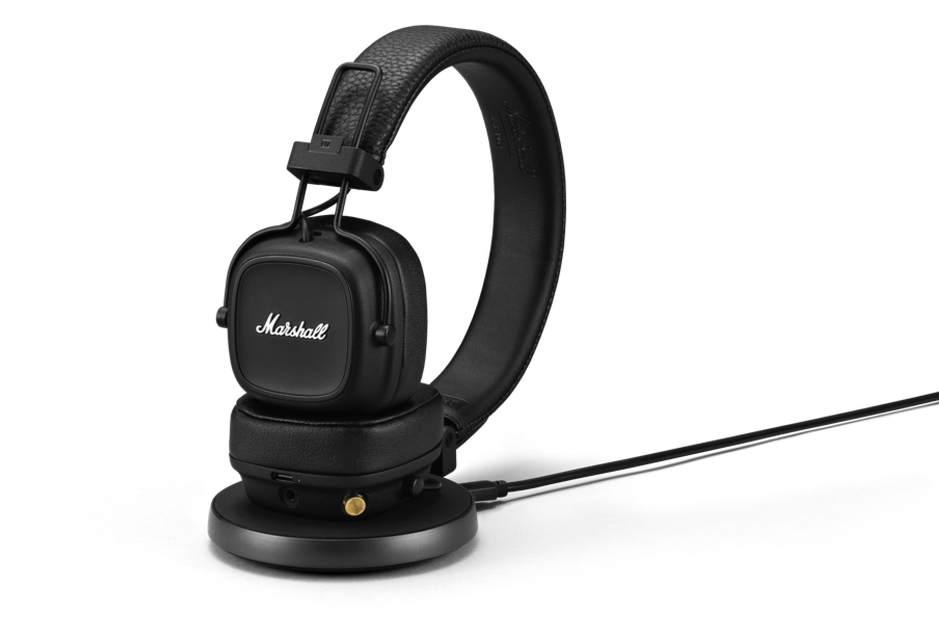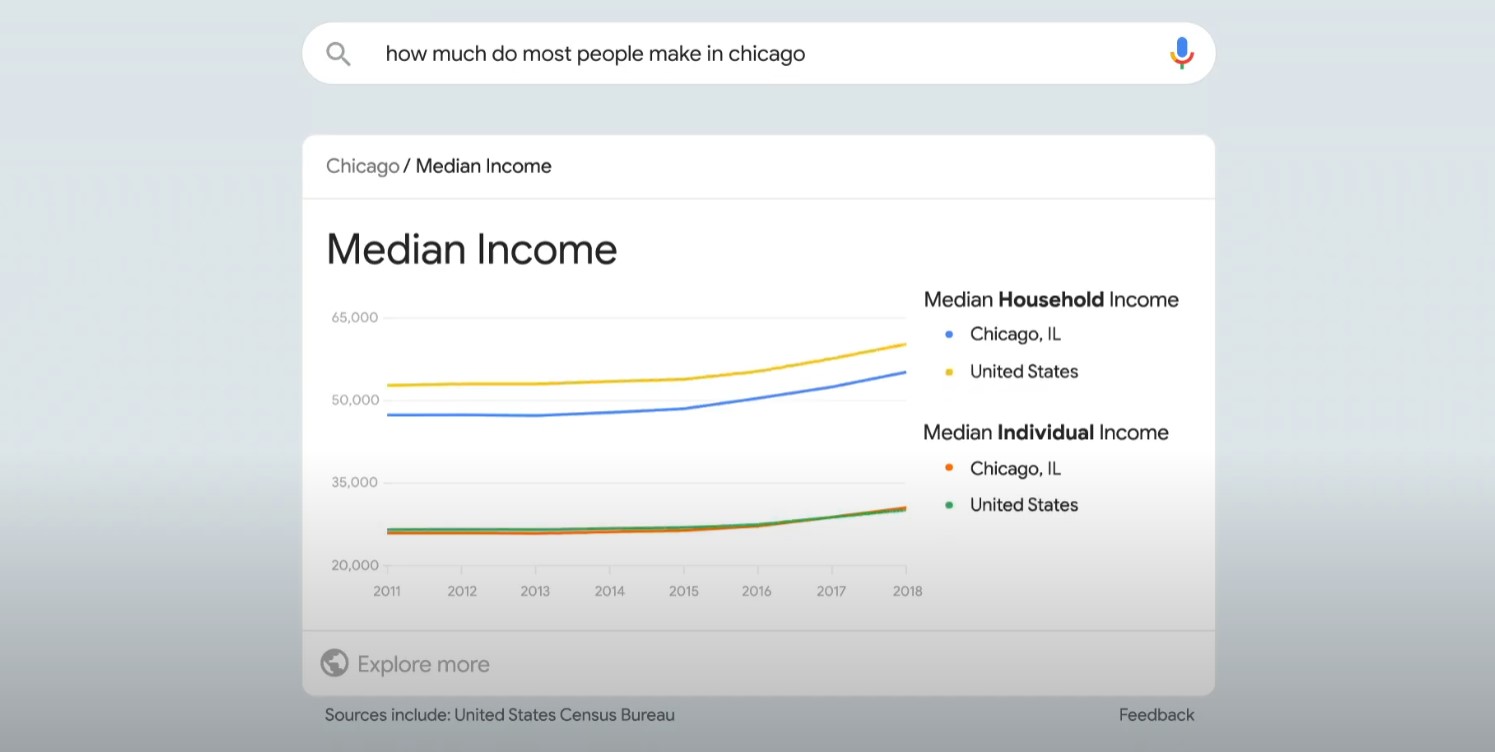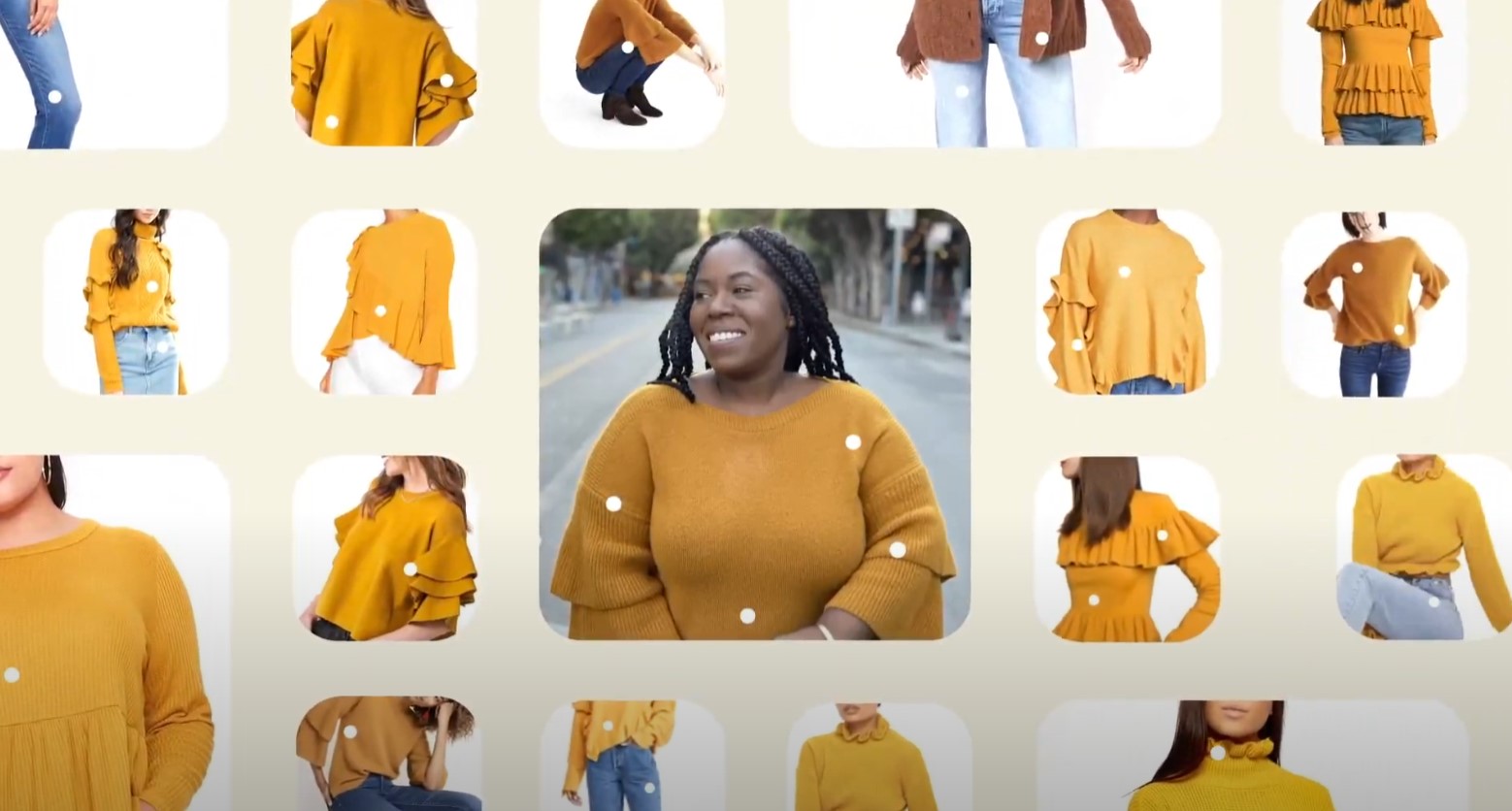Twitter has announced an update to its hacked materials policy — saying it will no longer remove hacked content unless it’s directly shared by hackers or those “acting in concert with them”.
Instead of blocking such content/links from being shared on its service it says it will label tweets to “provide context”.
Wider Twitter rules against posting private information, synthetic and manipulated media, and non-consensual nudity all still apply — so it could still, for example, remove links to hacked material if the content being linked to violates other policies. But just tweeting a link to hacked materials isn’t an automatic takedown anymore.
The move comes hard on the heels of the company’s decision to restrict sharing of a New York Post article this week — which reported on claims that laptop hardware left at a repair shop contained emails and other data belonging to Hunter Biden, the son of U.S. presidential candidate Joe Biden.
The decision by Twitter to restrict sharing of the Post article attracted vicious criticism from high profile Republican voices — with the likes of senator Josh Hawley tweeting that the company is “now censoring journalists”.
Twitter’s hacked materials policy do explicitly allow “reporting on a hack, or sharing press coverage of hacking” but the company subsequently clarified that it had acted because the Post article contained “personal and private information — like email addresses and phone numbers — which violate our rules”. (Plus the Post wasn’t reporting on a hack; but rather on the claim of the discovery of a cache of emails and the emails themselves.)
At the same time the Post article itself is highly controversial. The scenario of how the data came to be in the hands of a random laptop repair shop which then chose to hand it over to a key Trump ally stretches credibility — bearing the hallmarks of an election-targeting disops operation, as we explained on Wednesday.
Given questions over the quality of the Post’s fact-checking and journalistic standards in this case, Twitter’s decision to restrict sharing of the article actually appears to have helped reduce the spread of disinformation — even as it attracted flak to the company for censoring ‘journalism’.
(It has also since emerged that the harddrive in question was manufactured shortly before the laptop was claimed to have been dropped off at the shop. So the most likely scenario is Hunter Biden’s iCloud was hacked and doctored emails planted on the drive where the data could be ‘discovered’ and leaked to the press in a ham-fisted attempt to influence the U.S. presidential election. But Twitter is clearly uncomfortable that enforcing its policy led to accusations of censoring journalists.)
In a tweet thread explaining the change to its policy, Twitter’s legal, policy and trust & safety lead, Vijaya Gadde, writes: “We want to address the concerns that there could be many unintended consequences to journalists, whistleblowers and others in ways that are contrary to Twitter’s purpose of serving the public conversation.”
She also notes that when the hacked materials policy was first introduced, in 2018, Twitter had fewer tools for policy enforcement than it does now, saying: “We’ve recently added new product capabilities, such as labels to provide people with additional context. We are no longer limited to Tweet removal as an enforcement action.”
Twitter began adding contextual labels to policy-breaching tweets by US president Donald Trump earlier this year, rather than remove his tweets altogether. It has continued to expand usage of these contextual signals — such as by adding fact-checking labels to certain conspiracy theory tweets — giving itself a ‘more speech to counteract bad speech’ enforcement tool vs the blunt instrument of tweet takedowns/account bans (which it has also applied recently to the toxic conspiracy theory group, QAnon).
“We believe that labeling Tweets and empowering people to assess content for themselves better serves the public interest and public conversation. The Hacked Material Policy is being updated to reflect these new enforcement capabilities,” Gadde also says, adding: “Content moderation is incredibly difficult, especially in the critical context of an election. We are trying to act responsibly & quickly to prevent harms, but we’re still learning along the way.”
The updated policy is clearly not a free-for-all, given all other Twitter Rules against hacked material apply (such as doxxing). Though there’s a question of whether tweets linking to the Post article would still be taken down under the updated policy if the story did indeed contain personal info (which remains against Twitter’s policy).
At the same time, the new ‘third way’ policy for hacked materials does leave Twitter’s platform to be a conduit for the spread of political disinformation (just with a little contextual friction) — in instances where it’s been credulously laundered by the press. (Albeit, Twitter can justifiably point the finger of blame at poor journalist standards at that point.)
The new policy also raises the question of how Twitter will determine whether or not a person is working ‘in concert’ with hackers? Just spitballing here but if — say — on the poll’s eve, Trump were to share some highly dubious information that smeared his key political rival and which he said he’d been handed by Russian president, Vladimir Putin, would Twitter step in and remove it?
We can only hope we don’t have to find out.
 Read Full Article
Read Full Article






 Google explains in a blog post announcing the feature that it’s able to do this because it basically ignores the fluff that is the quality of your voice, any accompanying instruments, tone and other details. The algorithm is basically boiling the song down to its essence, and coming up with a numerical pattern that represents its essence, or what Google calls its ‘fingerprint.’
Google explains in a blog post announcing the feature that it’s able to do this because it basically ignores the fluff that is the quality of your voice, any accompanying instruments, tone and other details. The algorithm is basically boiling the song down to its essence, and coming up with a numerical pattern that represents its essence, or what Google calls its ‘fingerprint.’




